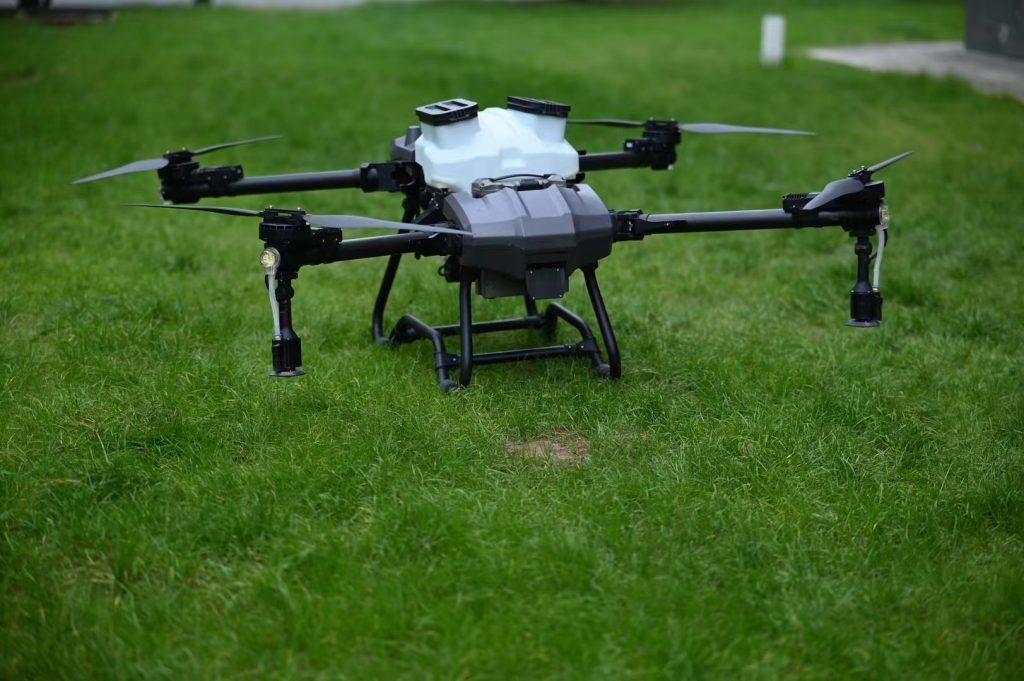
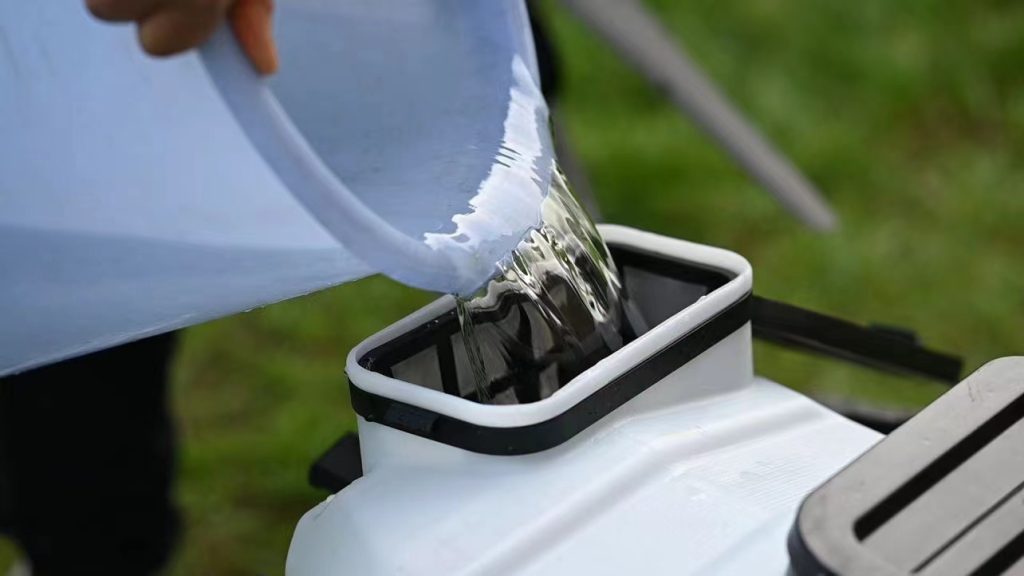
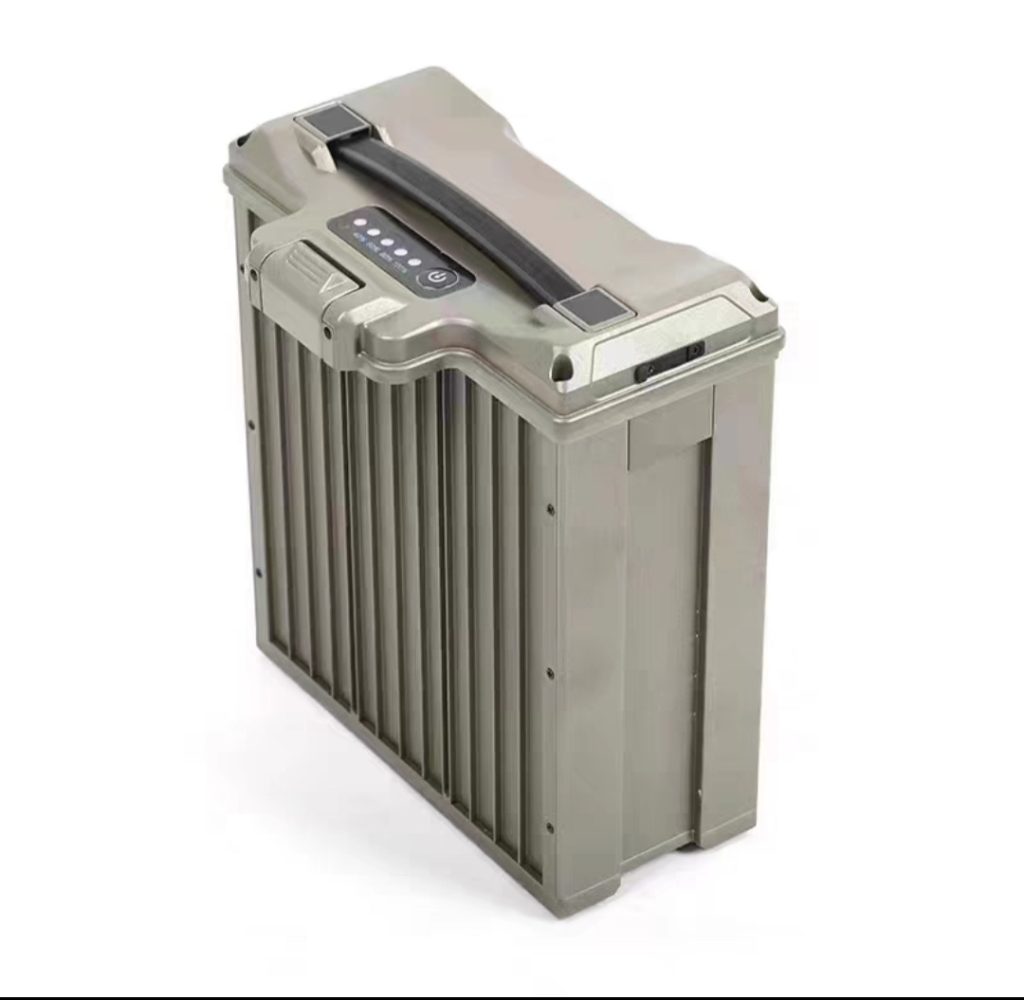
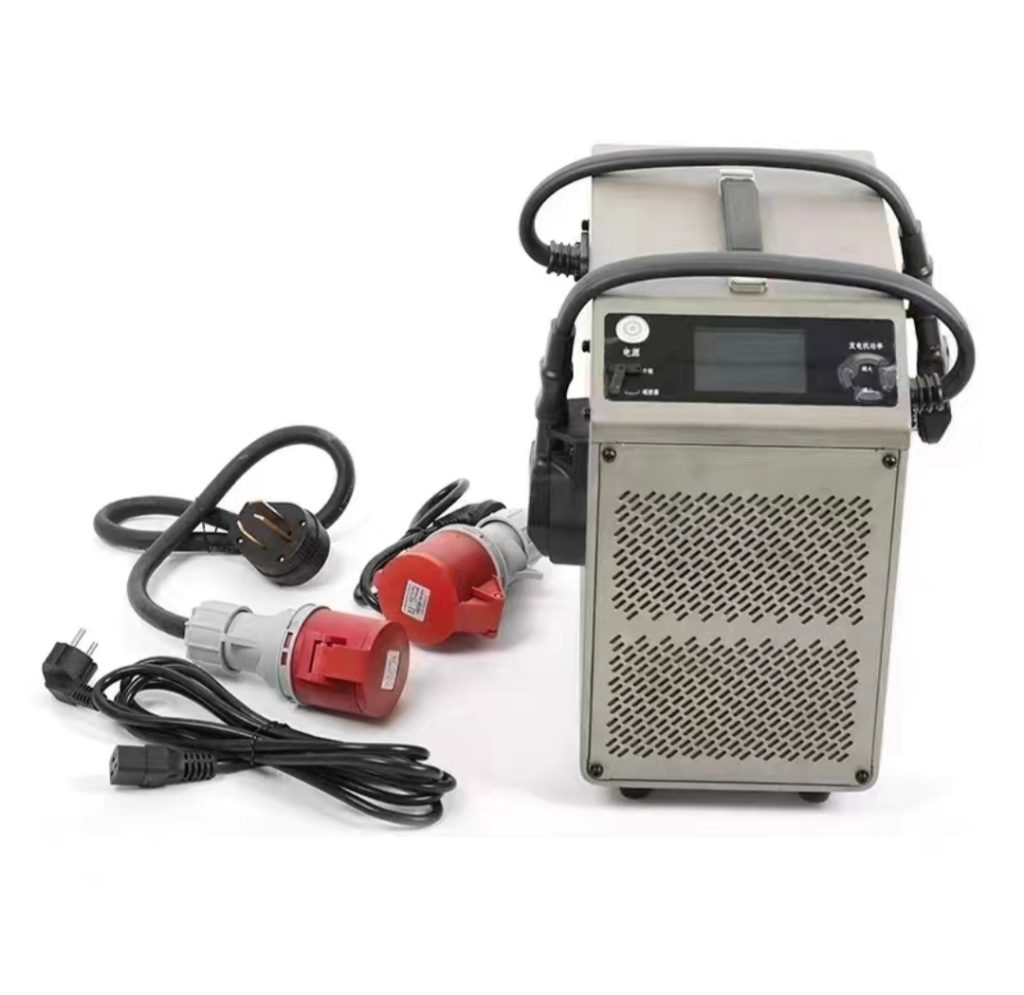
As the global demand for food increases and farming labor becomes scarce, precision agriculture is gaining momentum across the world. One of the most impactful innovations in this field is the agriculture drone for spraying—an unmanned aerial solution designed to spray pesticides, fertilizers, herbicides, and more with pinpoint accuracy.
What Is an Agriculture Drone for Spraying?
An agriculture spraying drone is a UAV (unmanned aerial vehicle) equipped with a liquid tank, spraying nozzles, and an intelligent flight system. These drones are specifically built to handle aerial spraying tasks in farmlands, replacing traditional tractors, boom sprayers, or manual labor.
Depending on their configuration, these drones can be used as:
- Crop spraying drones for general-purpose farm use
- Pesticide spraying drones to combat pests and diseases
- Fertilizer drones for agriculture to enhance crop nutrition
Benefits of Using Spraying Drones in Agriculture
✅ 1. Precision Application
Spraying drones use GPS or RTK positioning systems to ensure accurate flight paths. This enables exact delivery of liquids to target areas, minimizing waste and avoiding over-spraying.
✅ 2. Time-Saving & Efficient
Drones can cover large areas quickly. Depending on tank size and battery capacity, some models can spray 10–20 acres per hour, drastically cutting down application time during peak seasons.
✅ 3. Labor Cost Reduction
One trained operator can handle multiple drone flights in a day, eliminating the need for large field crews and reducing labor dependency—especially useful in rural or aging farm populations.
✅ 4. Safety & Accessibility
Spraying drones reduce human exposure to chemicals and can operate in muddy, flooded, or sloped terrains where tractors or people would struggle to access safely.
✅ 5. Eco-Friendly Farming
With advanced control systems, drones reduce chemical runoff, support targeted spraying, and help promote sustainable agriculture practices.
Key Specifications Overview
| Feature | Typical Range |
|---|---|
| Tank Capacity | 10L – 30L |
| Spraying Width | 4 – 8 meters |
| Battery Duration | 15 – 25 minutes (swappable batteries) |
| Terrain Following | Radar or ultrasonic sensor enabled |
| Obstacle Avoidance | Front/rear sensor modules |
| Remote Control | App-based with mission planning & auto-return |
Common Use Cases
- Rice, corn, wheat, and soybean farms
- Orchards and vineyards
- Vegetable fields and greenhouses
- Palm oil and banana plantations
- Tea and herbal farms
Real-World Impact
Farmers using agriculture drones for spraying have reported:
- Up to 40% reduction in chemical usage
- 50–80% savings in time compared to manual labor
- Increased yields due to more consistent pesticide and fertilizer application
- Fewer health risks due to less exposure to toxic chemicals
The Future of Spraying Drones in Agriculture
As technology advances, spraying drones are being integrated with AI vision, multispectral imaging, and cloud-based crop management systems. Future drones will not only spray but also detect plant stress, monitor growth, and offer data-driven recommendations—turning farms into smart ecosystems.
Conclusion
The agriculture drone for spraying is more than just a high-tech tool—it’s a key enabler of modern farming. Whether used for pesticides, fertilizers, or liquid biological treatments, spraying drones help farmers increase productivity, reduce costs, and farm more sustainably. As the agriculture industry embraces automation, these drones will become essential equipment in fields around the world.

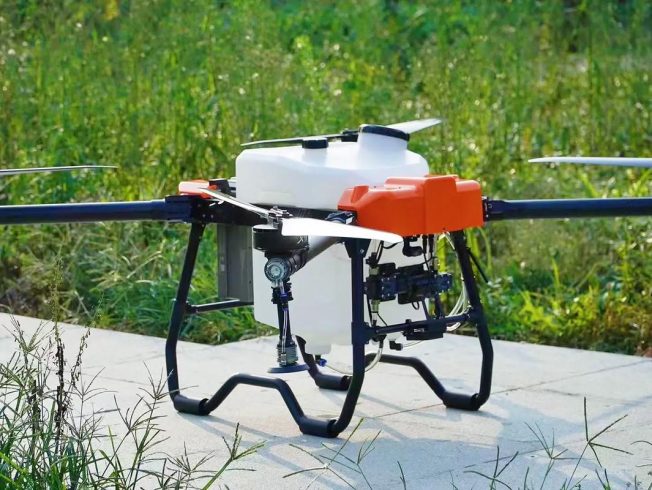
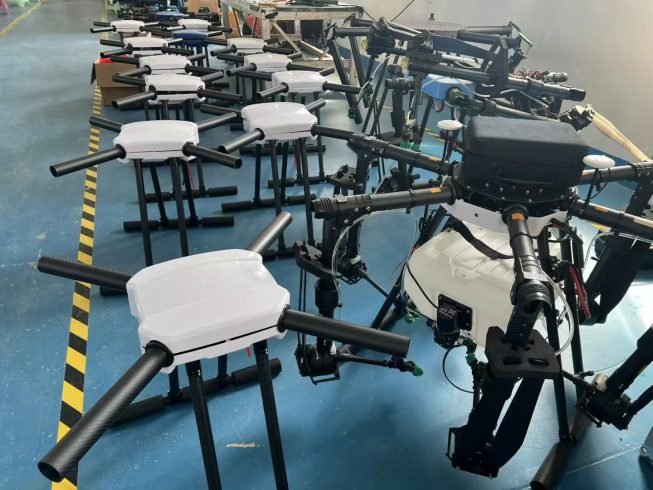
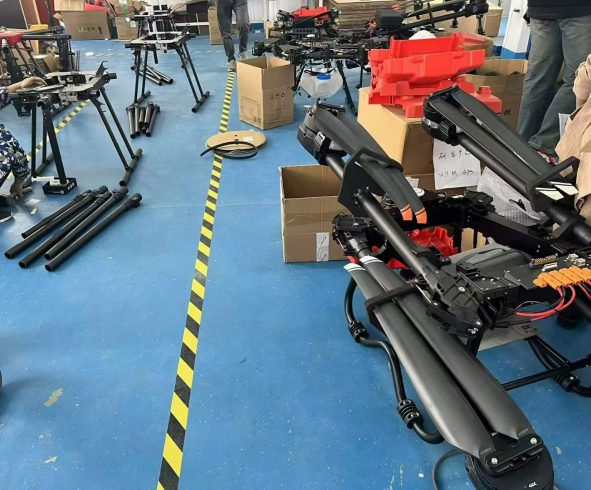
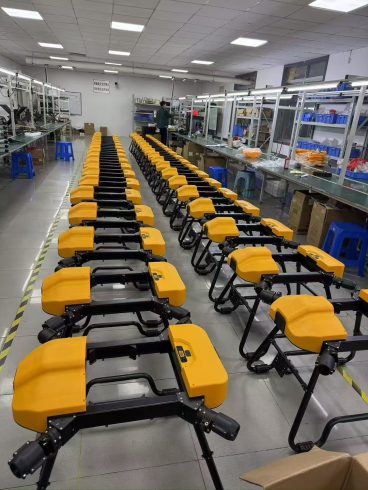

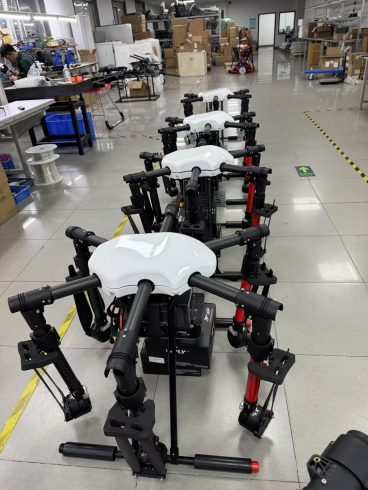
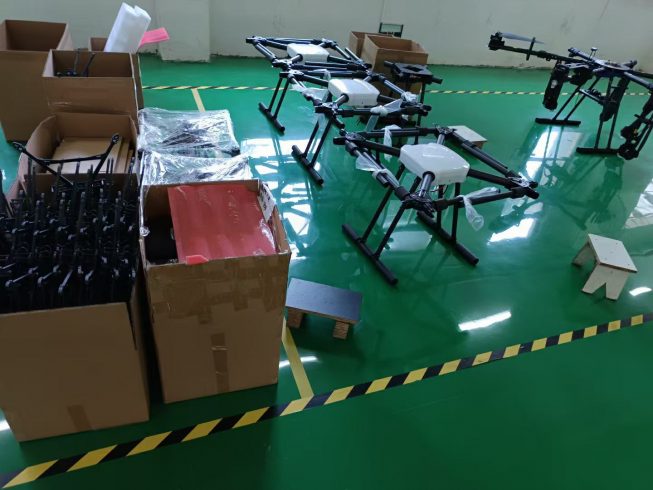
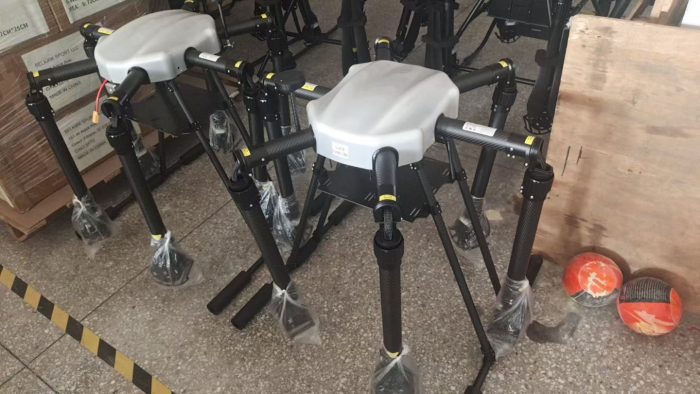
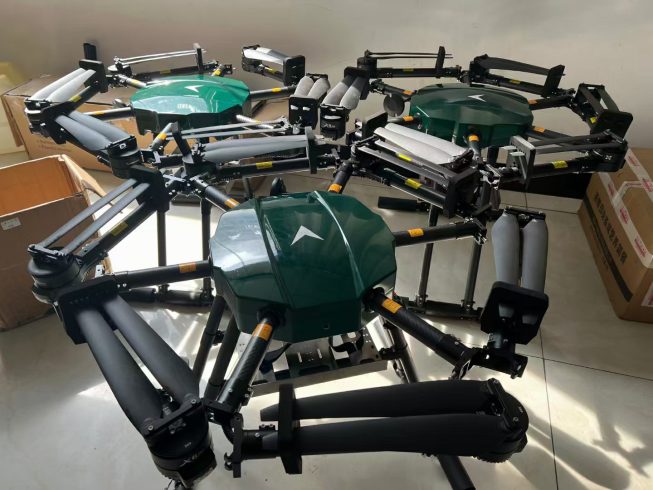
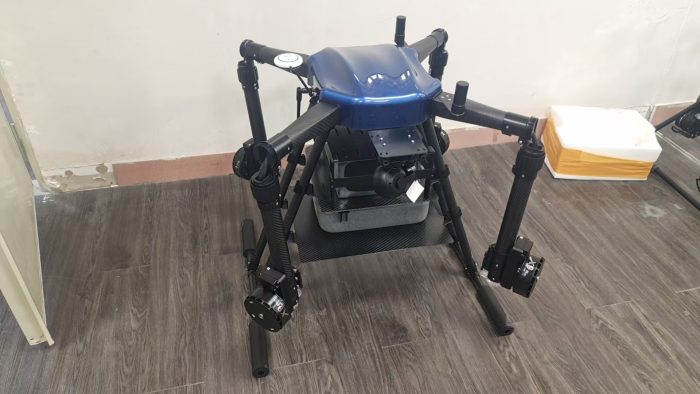
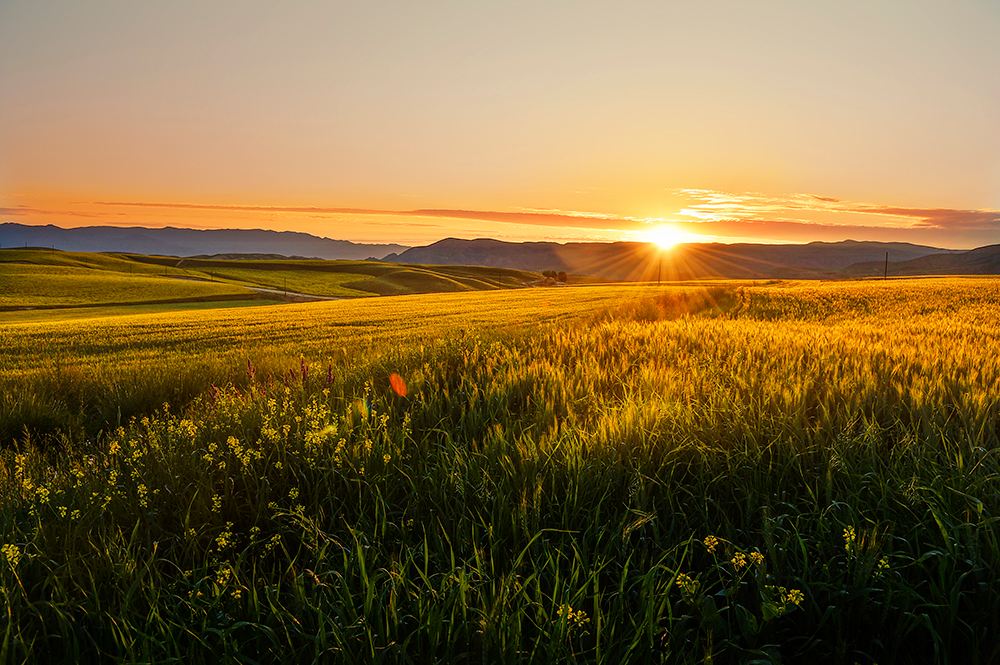
暂无评论内容